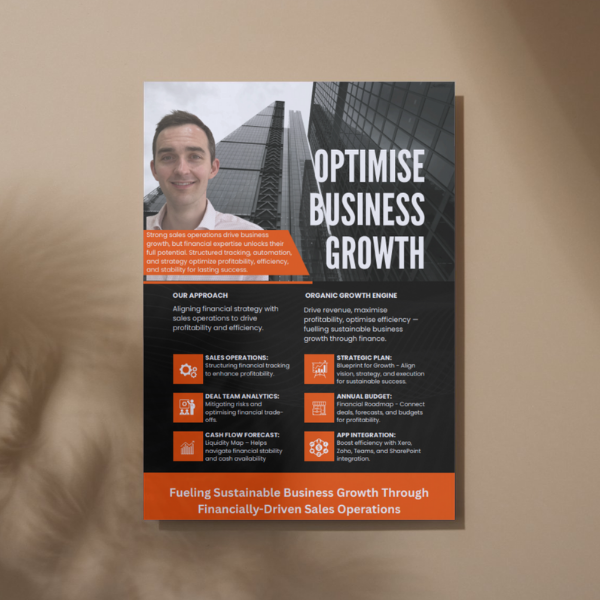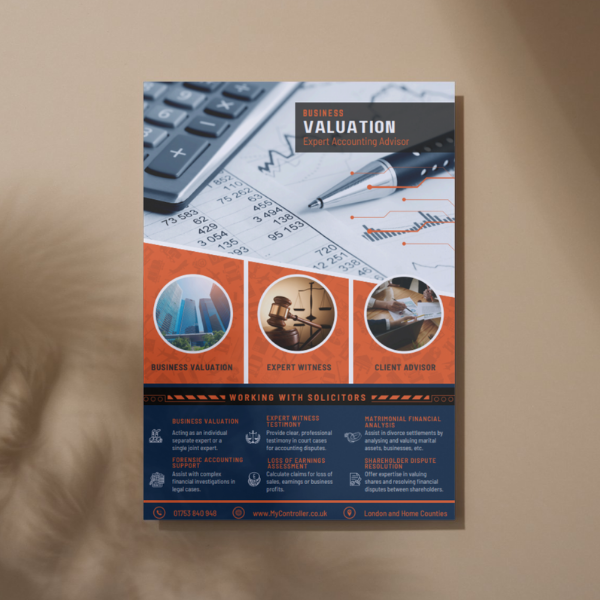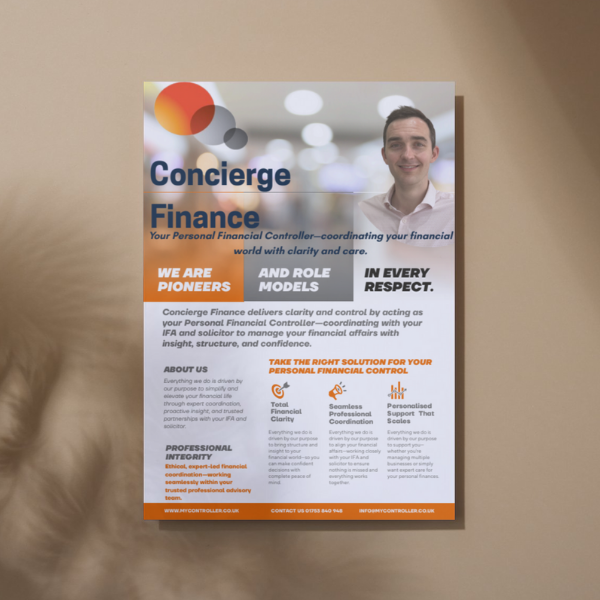Capital vs. Expense: Making Smart Financial Decisions for Your New Premises
Capital vs. Expense

After purchasing new business premises, the excitement of moving in is quickly met with a wave of uncertainty—what expenses can be capitalized? What should be expensed directly to the profit and loss account?
Many business owners struggle with these questions, and rightly so—categorizing costs incorrectly can have major financial implications. Let’s break it down.
The Common Dilemma: Investment or Expense?
When a company spends money transforming newly acquired premises, every cost must be evaluated. The key distinction is:
- An expense reduces profits and appears on the profit and loss statement, immediately impacting taxable income.
- A capitalised asset appears on the balance sheet, benefiting the business over multiple years. Capital allowances may apply, but relief works differently from direct expenses.
Defining the Difference: Repairs vs. Enhancements
One of the biggest misconceptions lies in distinguishing repairs from enhancements. Here’s how to think about it:
- Repairs = Expense – Work that restores the asset to its original state. Example: replacing damaged roof tiles after a storm.
- Enhancements = Capitalised – Work that improves or expands the asset. Example: adding another storey to the building.
Case Law Insights: When Precedent Matters
Historical cases help illuminate tricky areas where capital vs. expense decisions can be subjective. Two notable rulings include:
- Law Shipping Co Limited v CIR: A company purchased a second-hand ship that required significant repairs before it could operate. The court ruled these were capital expenses, as the asset wouldn’t have been functional without the work.
- Odeon Associated Theatres Limited v Jones: Odeon bought cinemas that were operational but required refurbishment. Since the theatres were already functioning, the costs were classified as expenses, rather than capital.
The lesson? If the work is essential to make an asset operational, it’s likely capital. If it’s improving an already working asset, it’s likely an expense.
Common Categories of Capital vs. Expense
Typically Capitalised
- Installing new air conditioning systems
- Purchasing desks, computers, office furniture
- Major kitchen and bathroom renovations
- Adding new lighting if it significantly enhances the property
Typically Expensed
- Plastering, painting, carpeting (restorative, not enhancing)
- Replacing damaged roofing tiles
- Minor electrical or plumbing repairs that don’t expand utility
Key Financial Implications
- Expenses lower profits, which reduces taxable income but also reduces available funds for dividends.
- Capitalized assets appear on the balance sheet and are depreciated over time, meaning tax relief is spread across future years rather than immediate deduction.
Additionally, deciding whether an improvement is an addition or enhancement impacts tax treatment.
- Enhancements (e.g., extending an office) get relief on capital gains when sold.
- Additions (e.g., new computers) qualify for immediate tax relief through capital allowances.
Making the Right Call for Your Business
If uncertainty arises, make a strong case for classification. Some upgrades, such as energy-efficient lighting, sit in a grey area—arguably an improvement, yet also a routine upgrade. In such cases, proper documentation and justification are key.
The capital vs. expense decision isn’t just about accounting—it shapes tax strategy, funding opportunities, and business growth. Working with experienced financial advisors ensures the right choices for long-term success.
Thinking about your business upgrades? Let’s talk about structuring the smartest financial approach for your premises.

Share:







